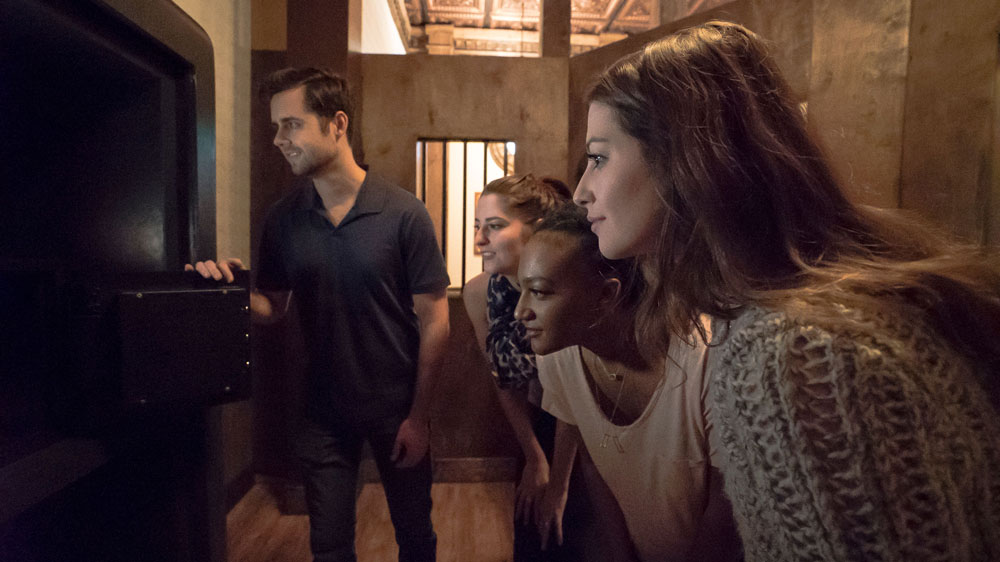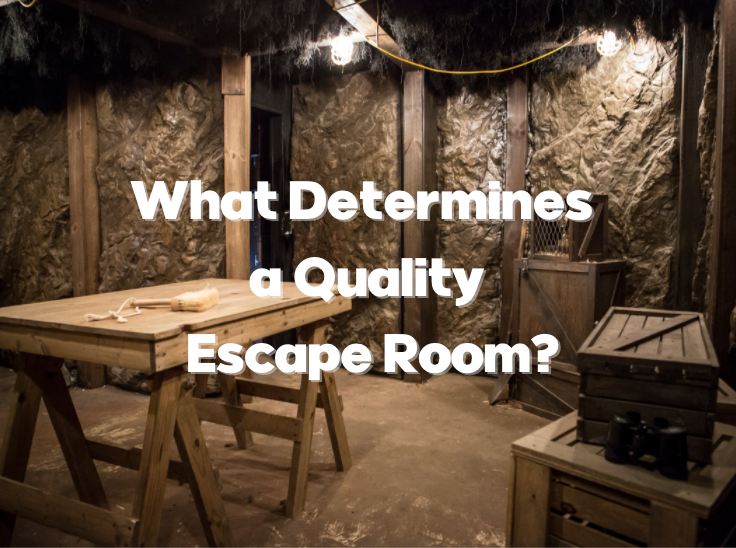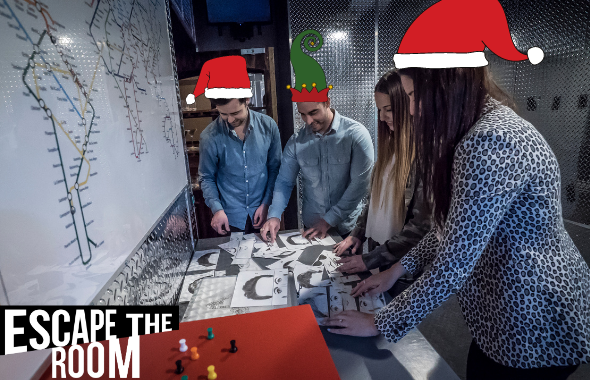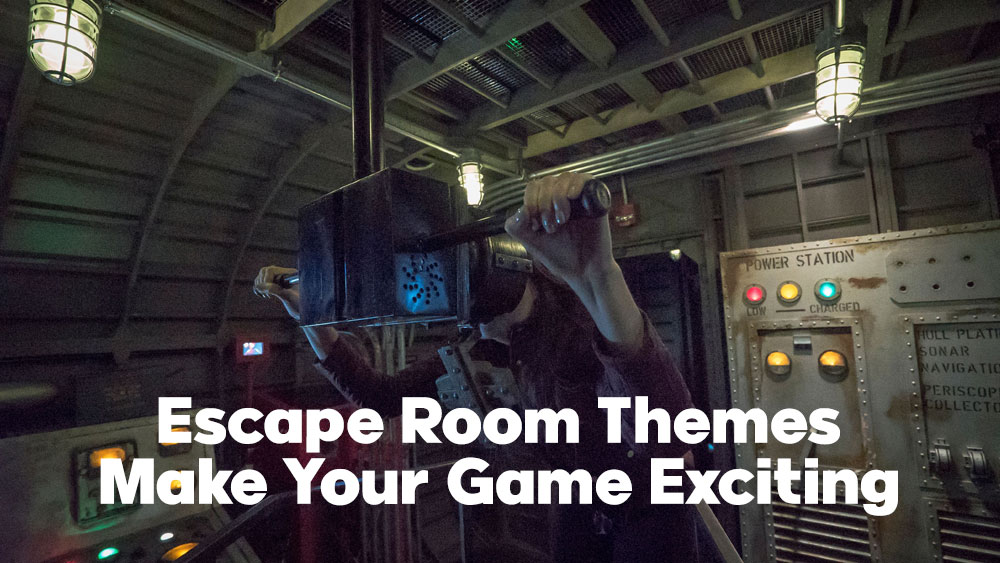The “fourth wall” is a theatre term that relates to the invisible barrier between the performers and the audience. Metaphorically it is what allows the audience to view and experience the world of the performer without the performer knowing. “Breaking the fourth wall” is the moment when the performer acknowledges and even communicates with the audience.
Escape rooms can be viewed as a kind of theatre, one where there is no fourth wall because the audience and the performers are one and the same — the players. Experiencing the story as they attempt to escape the room, the players participate in the fictional narrative even as they experience it unfolding. Interacting with detailed sets and props, engaging with the narrative as they uncover the stakes of the game, searching for clues, and solving puzzles all provide a story experience for the players that is both spectated and performed.
Escape rooms don’t just “break” the fourth wall, they make it a solid part of what encapsulates the players, holding them in the narrative of the game.
When creating your escape room experience, think of scenarios that will draw in the players not just as performers, but as an audience. Stories they may have seen before, but not actually lived, such as Western Bank Heist at Escape the Room Woodlands, can be key in giving the players that memorable experience that brings them back again and again, as well as spread the word that your escape room is an adventure they’ll never forget.





